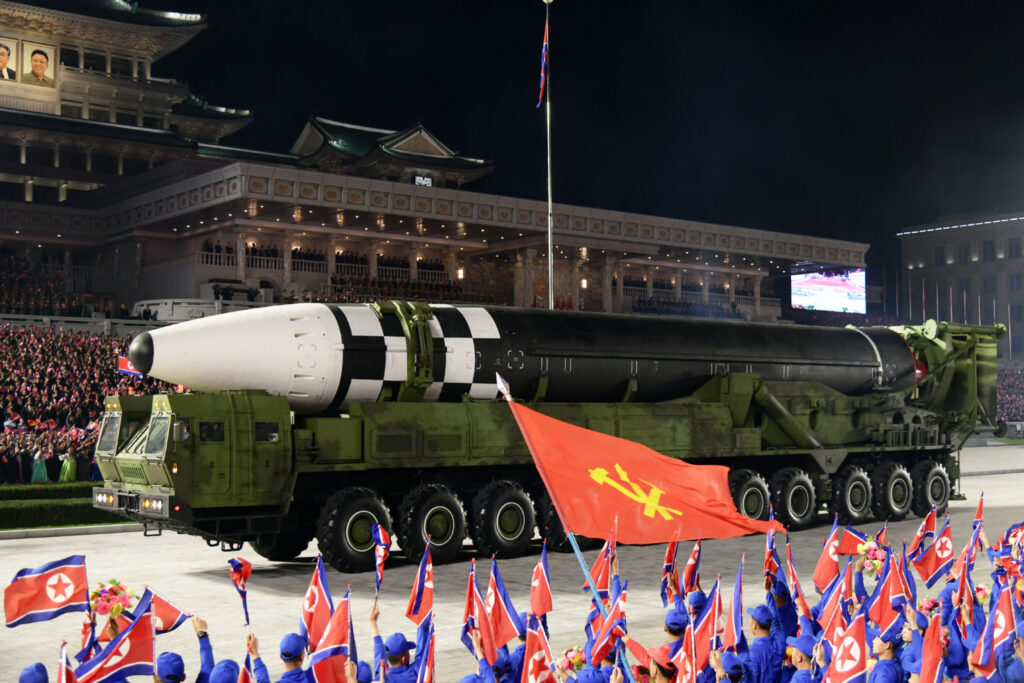
Ground-based Midcourse Defense System to protect the U.S. North Korea’s intercontinental ballistic missile program was one of the primary motives for the decision to develop and deploy the U.S. North Korea has displayed two other long-range ballistic missiles, the KN-08 and KN-14, but thus far these missiles have not been flight-tested, and it is unclear whether they are still active development programs. North Korea developed some of this technology under the auspices of its Unha (Taepo-Dong 2) space launch program, which it has used to put crude satellites into orbit. This was followed by a test of a heavier ICBM design, the Hwasong-15, in November 2017. North Korea has also made strides towards long-range missile technology, testing for the first time an intercontinental ballistic missile, the Hwasong-14, in July 2017. In 2019, North Korea tested a range of new short-range, solid-fueled missiles such as the KN-23 and KN-25. North Korea’s short- and medium-range systems include a host of artillery and short-range rockets, including its legacy Scud-based and No-Dong missiles. North Korea uses these capabilities to hold military forces and population centers at risk to deter external threats to the Kim family regime.


Pyongyang has invested heavily in the development of increasingly long-range ballistic missiles and the miniaturization of its nascent nuclear weapons stockpile. North Korea could have more than sixty nuclear weapons, according to analysts estimates, and has successfully tested missiles that could strike the United. Due to the growing obsolescence of North Korea’s conventional military capabilities, North Korea has for decades relied on a national security strategy based on asymmetric capabilities and weapons of mass destruction.


 0 kommentar(er)
0 kommentar(er)
